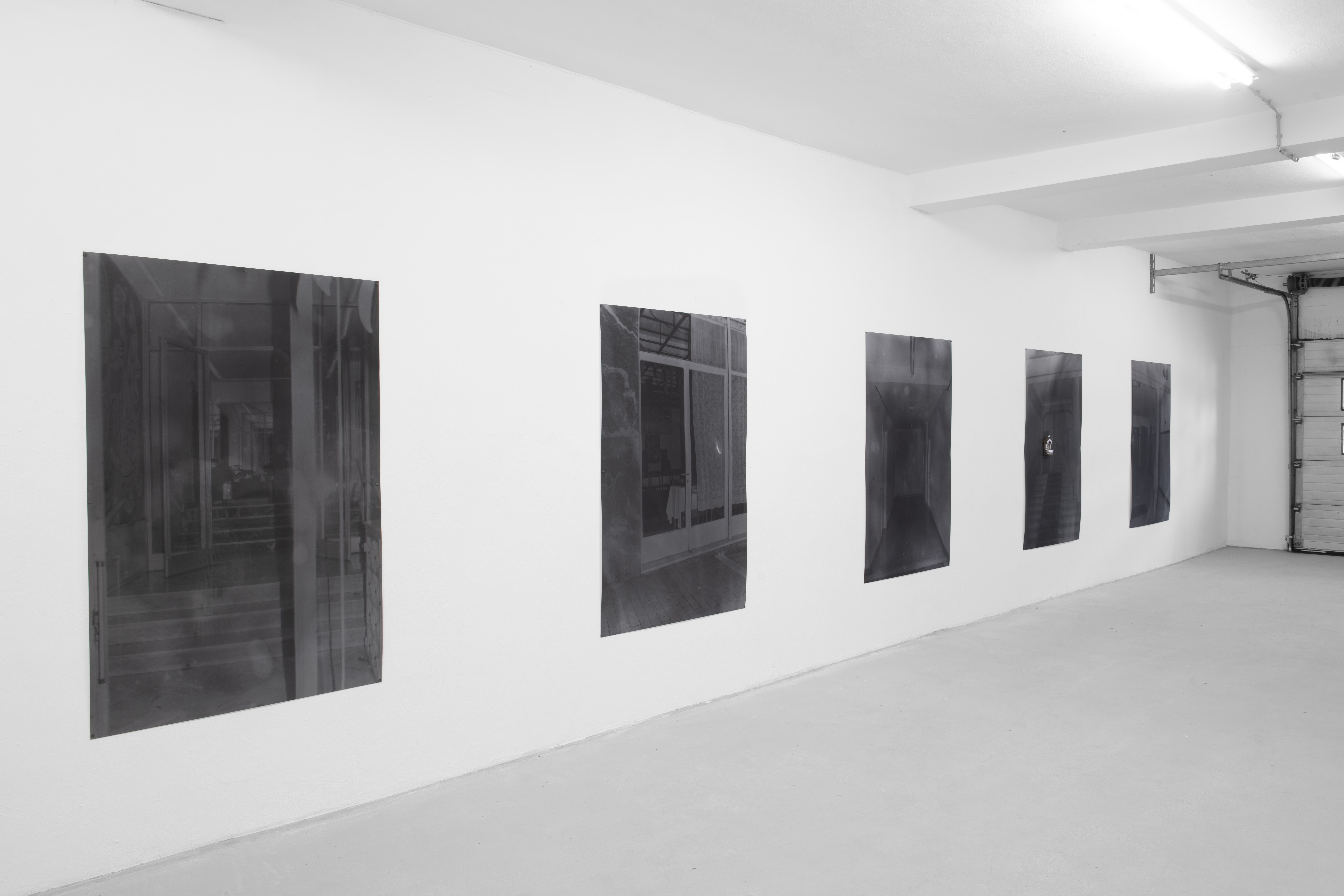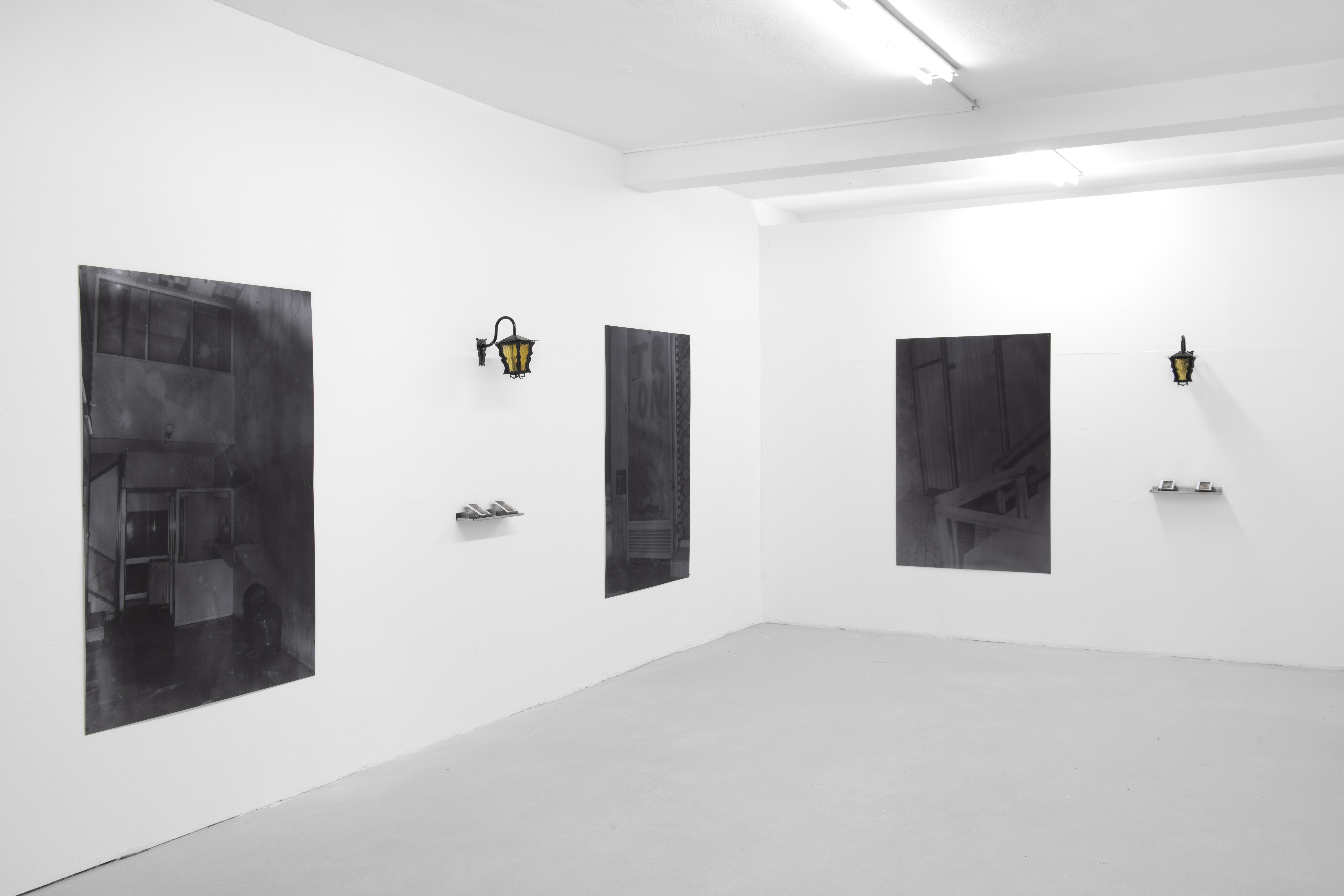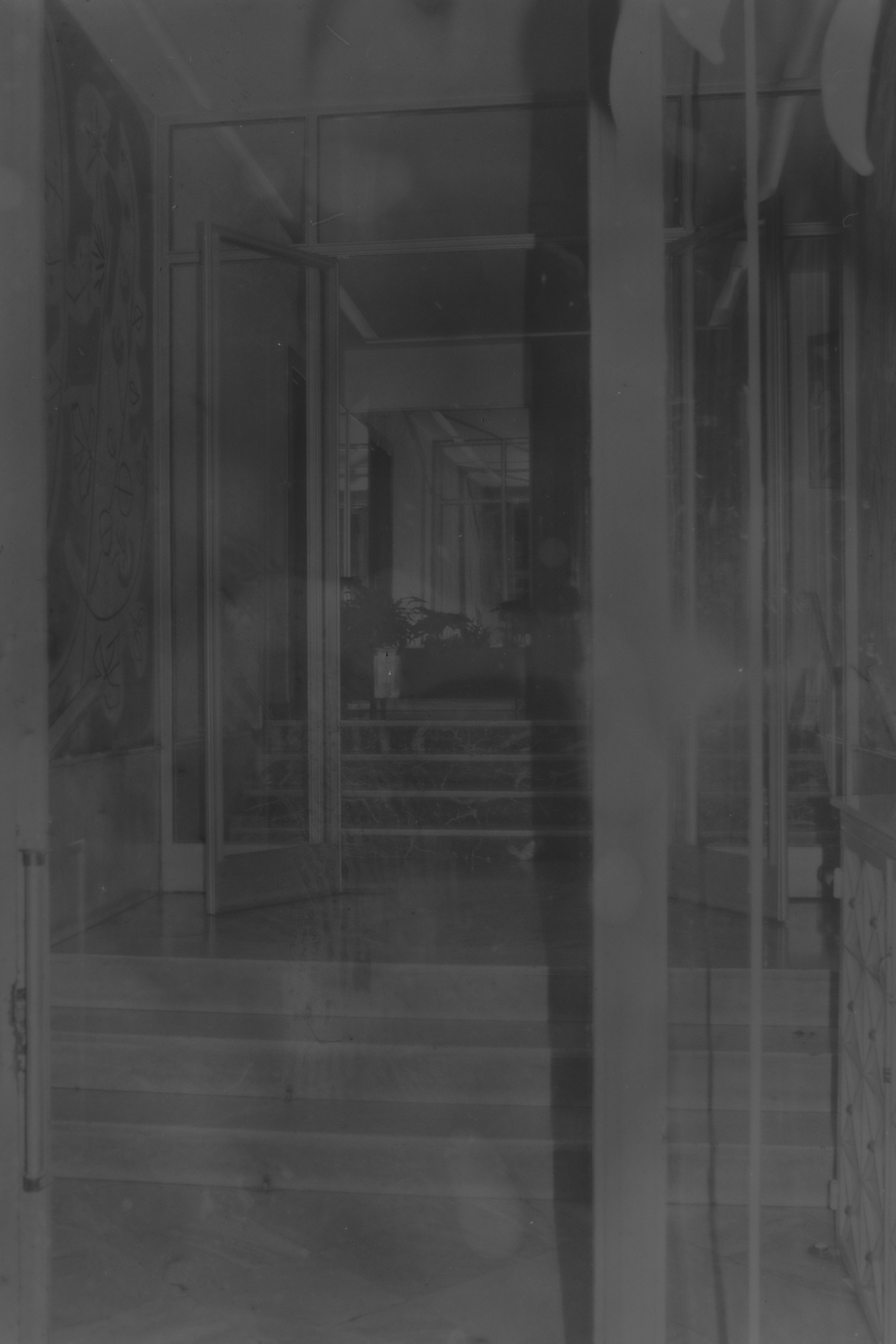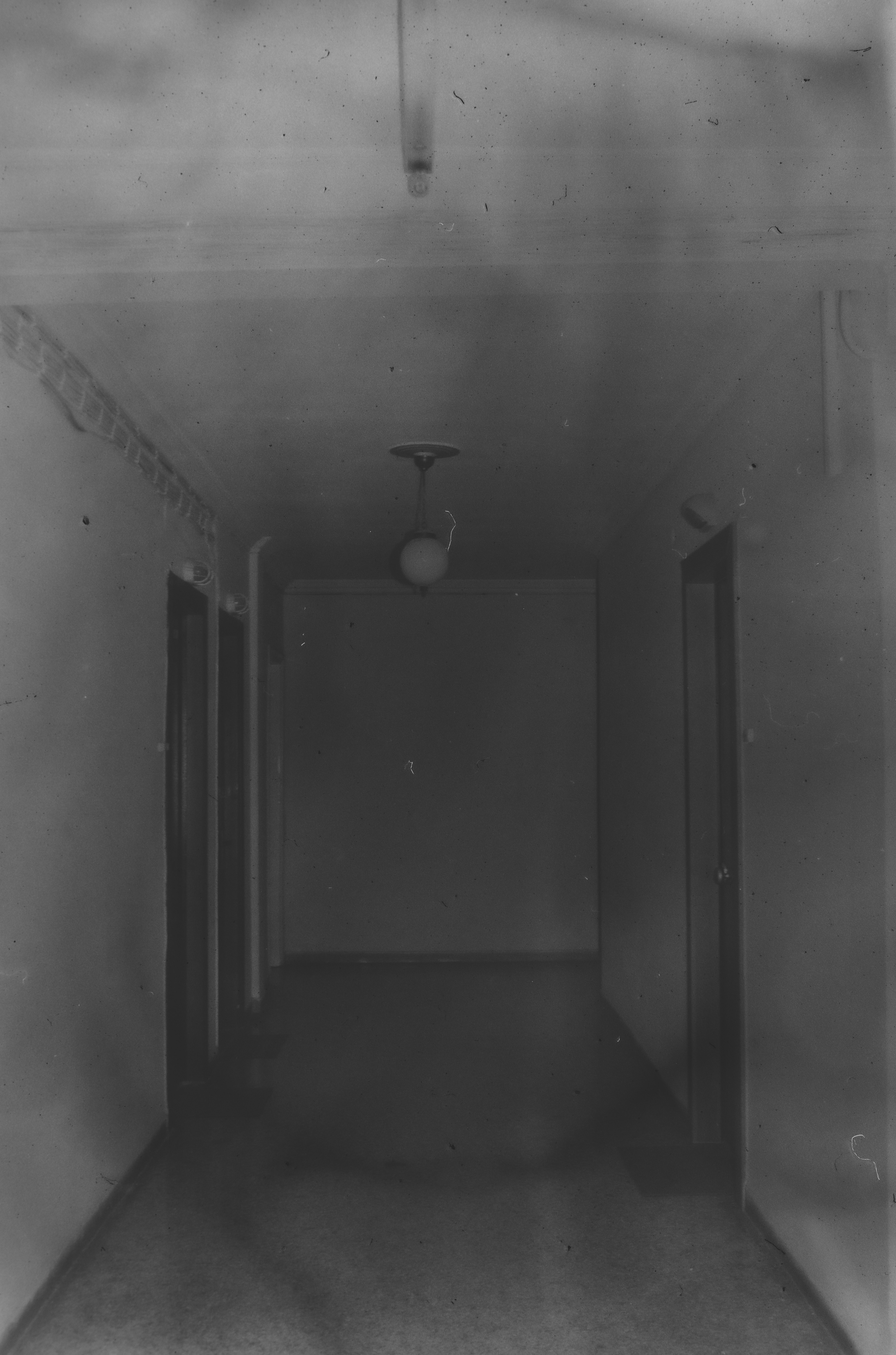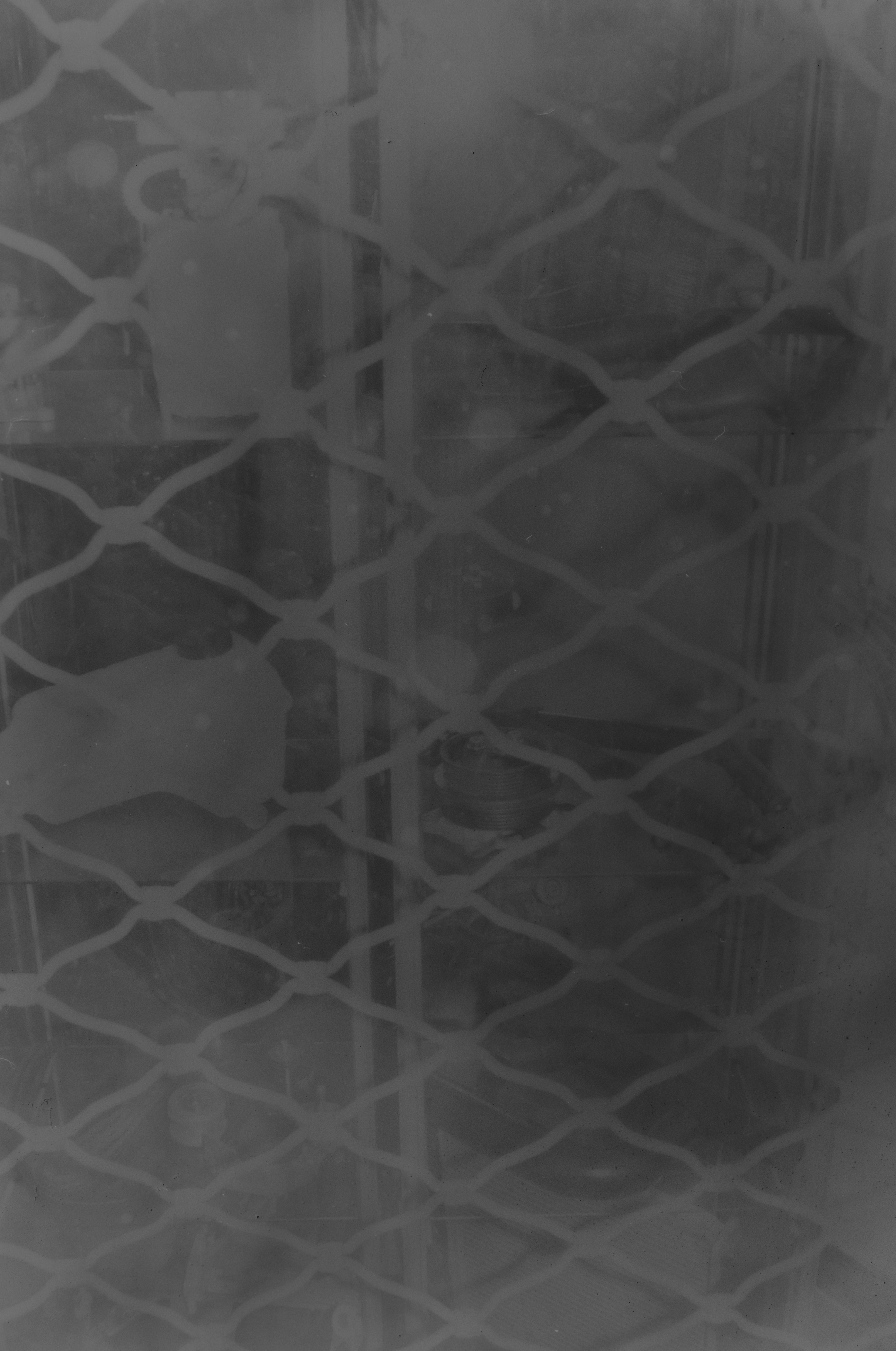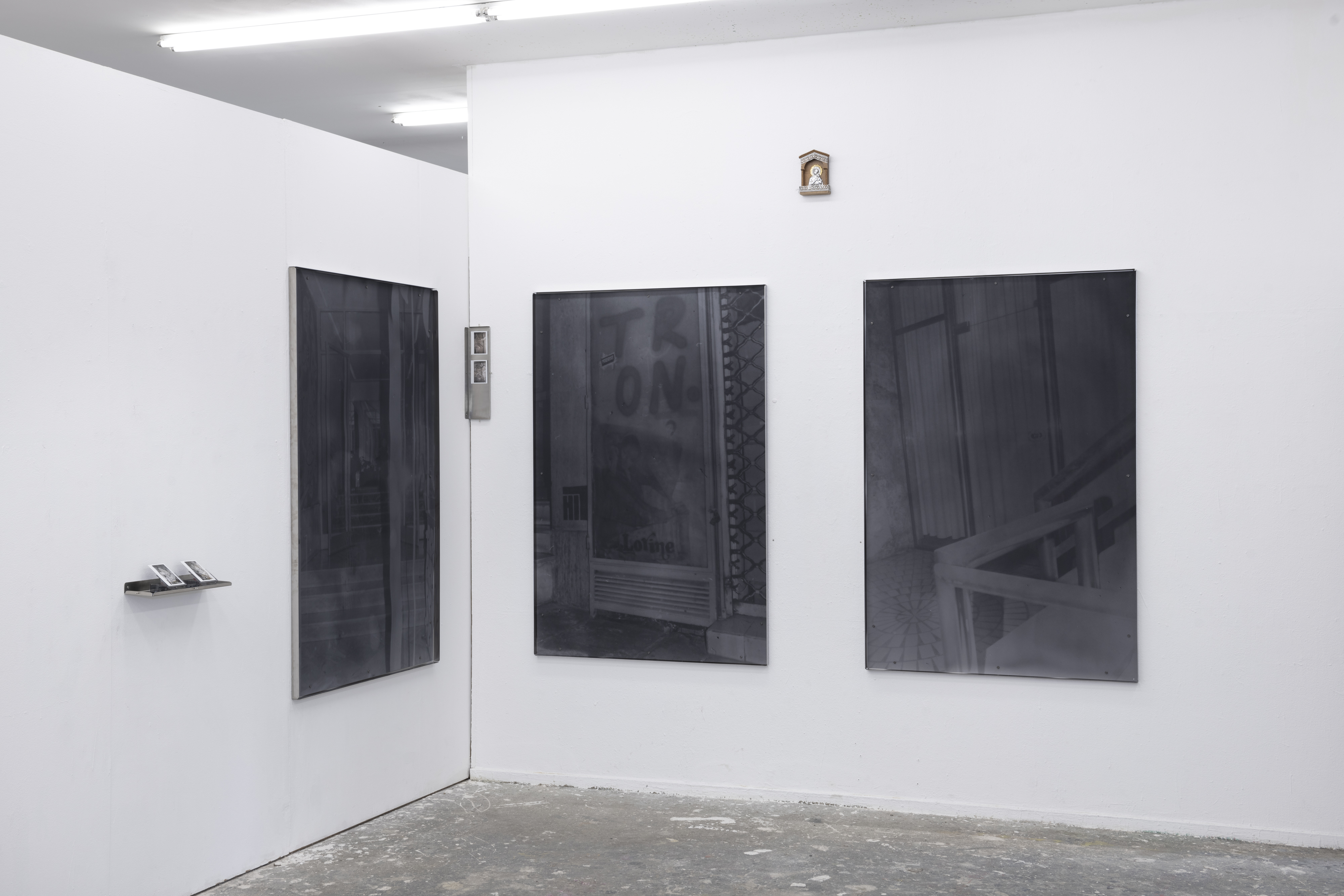02 PRINCELY CARPET RUNNERS 2023
DOC 234—34/2
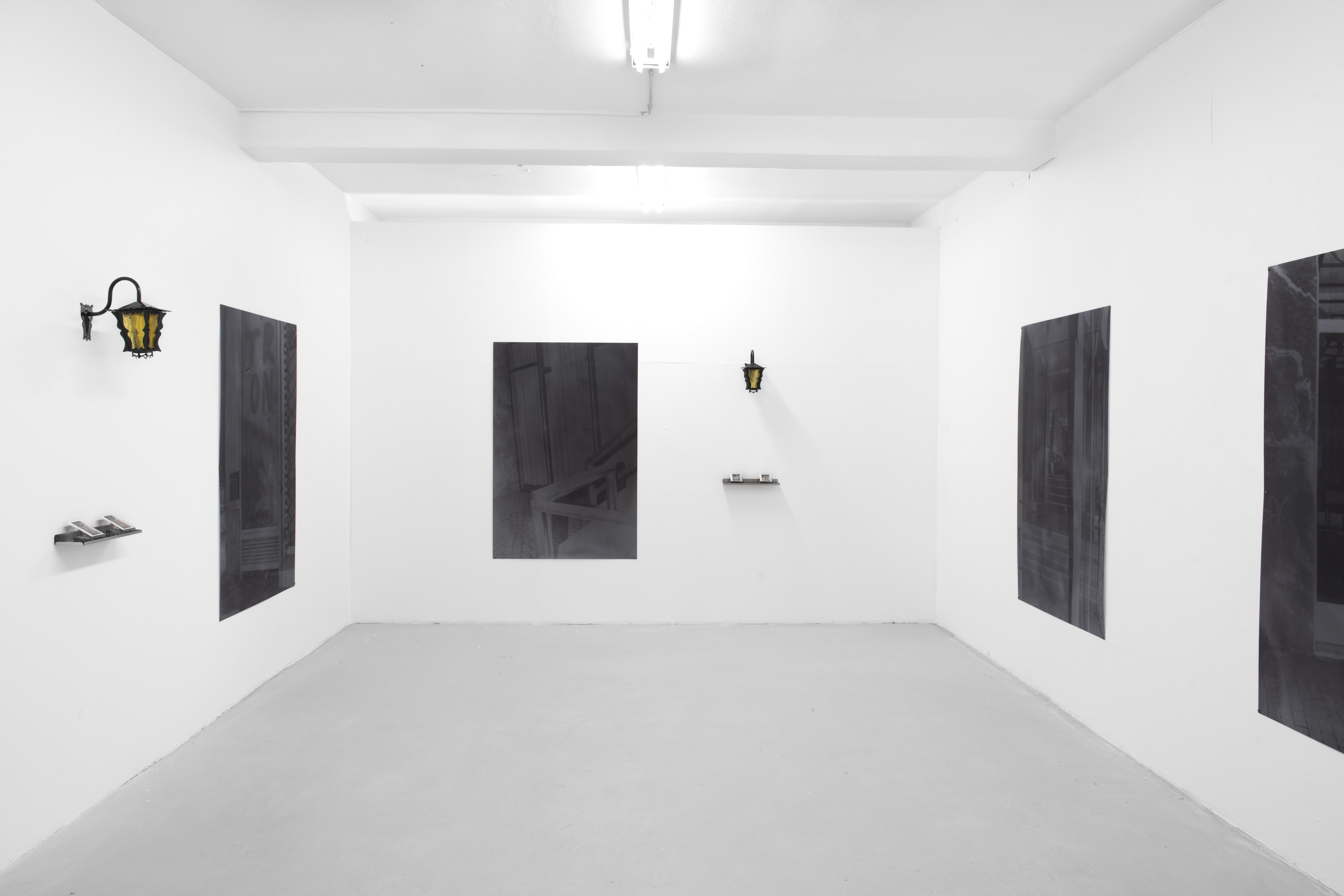
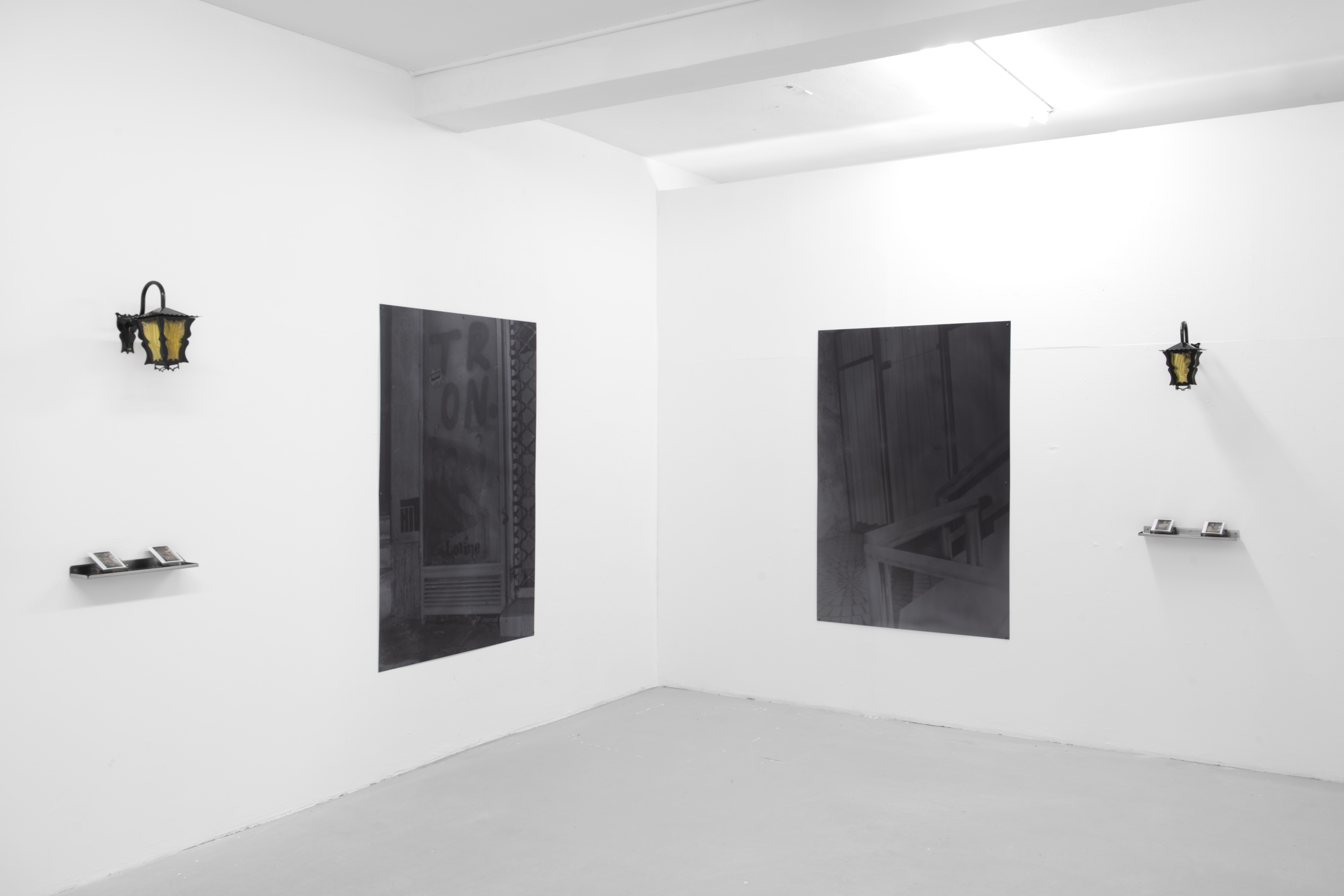

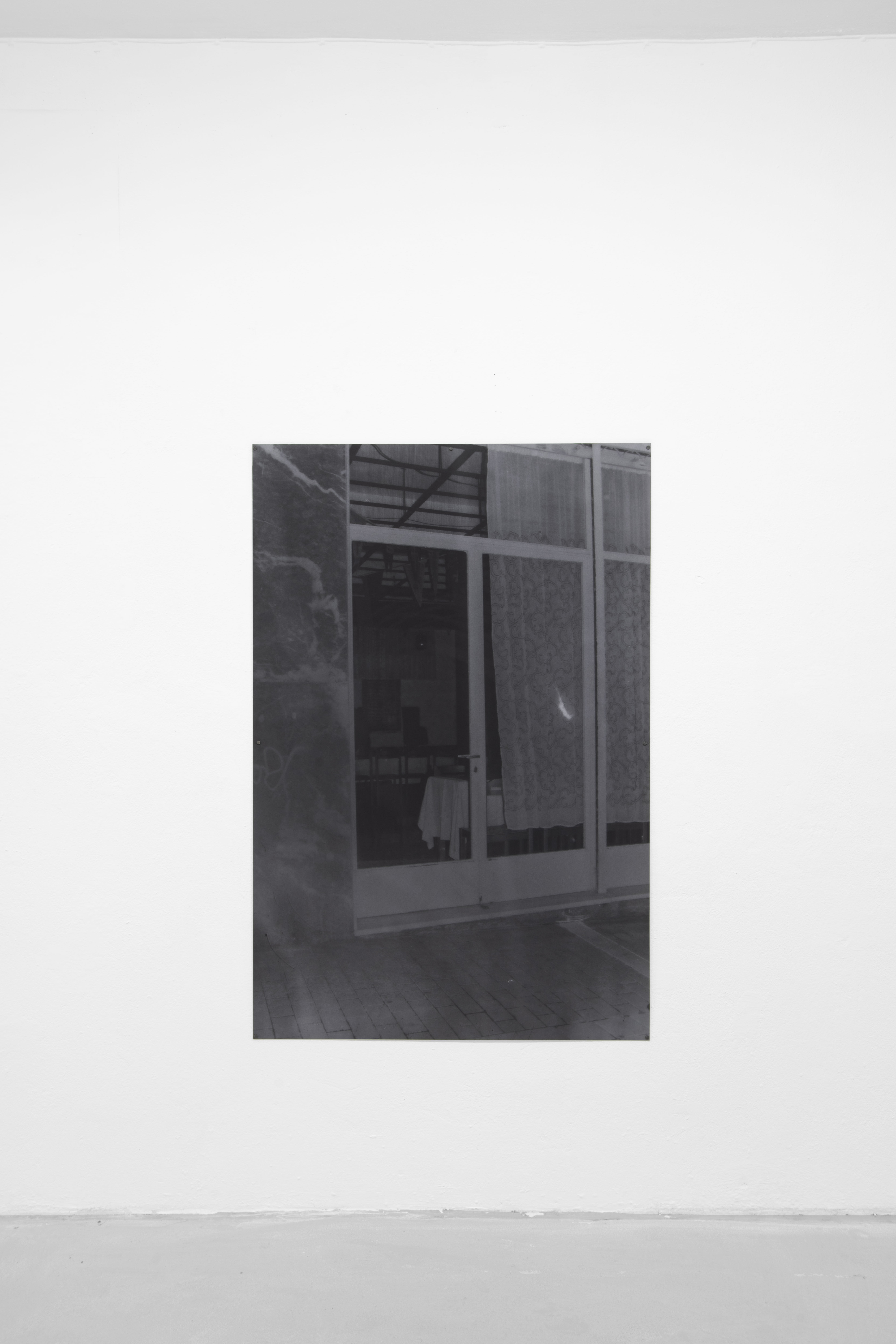
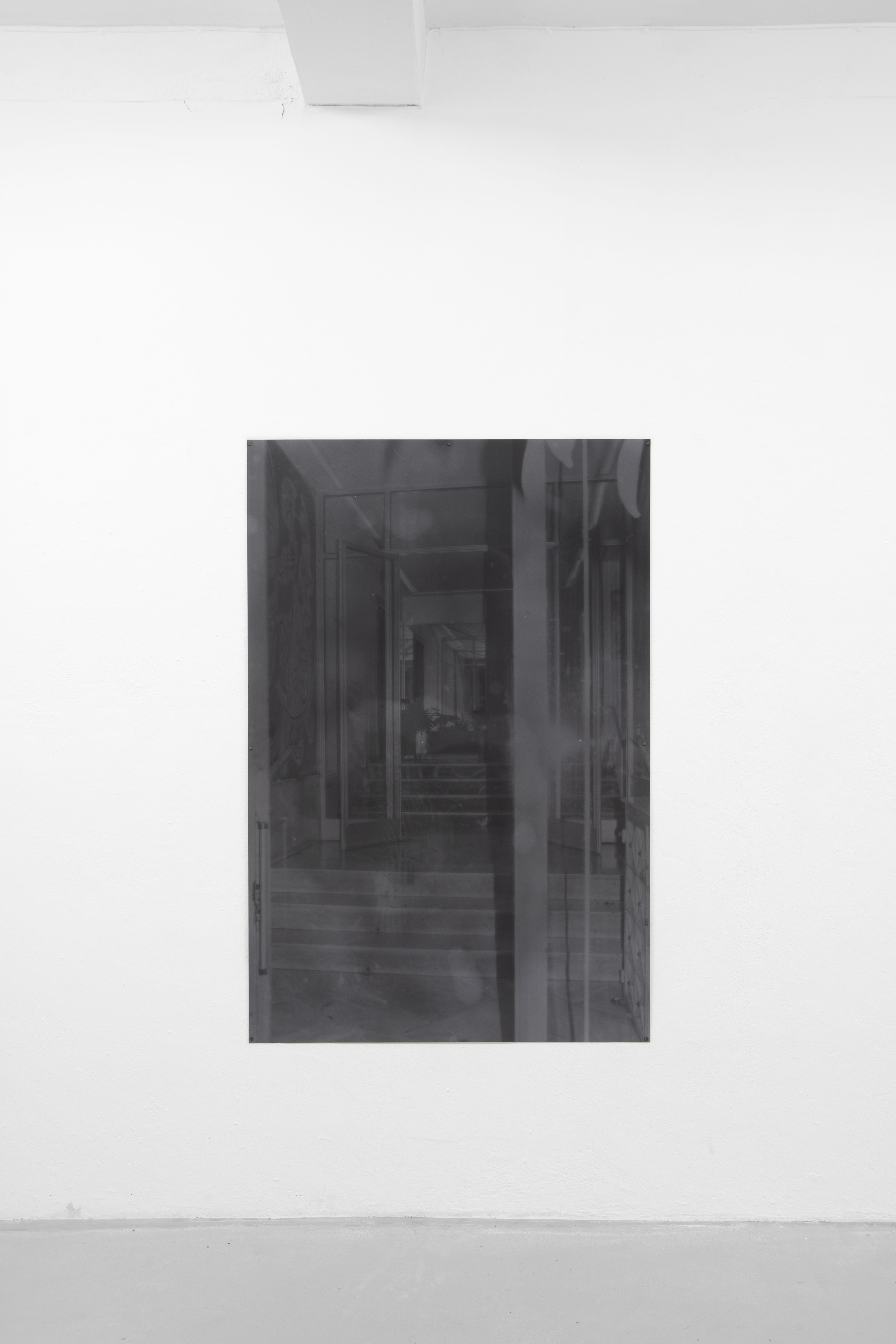
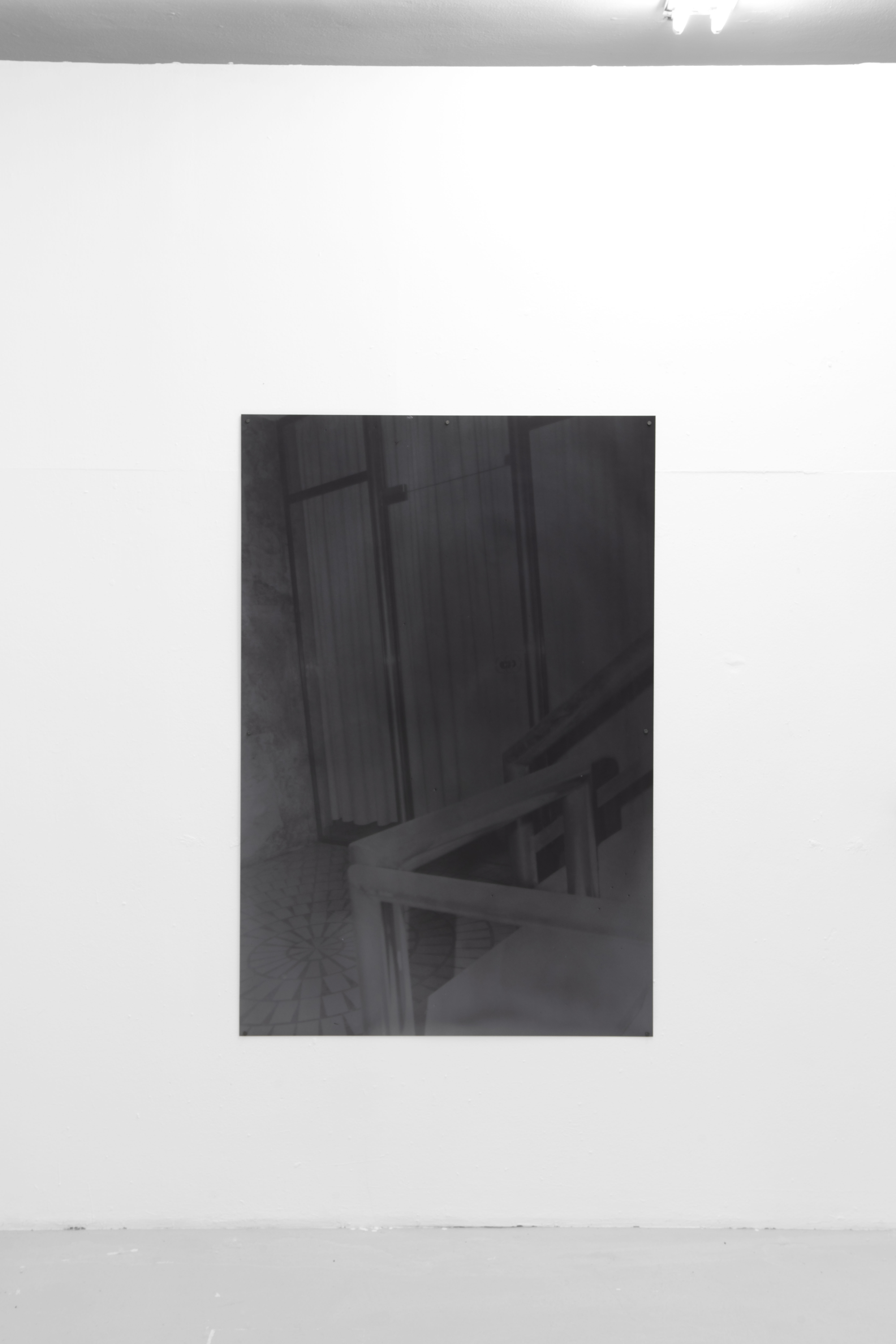


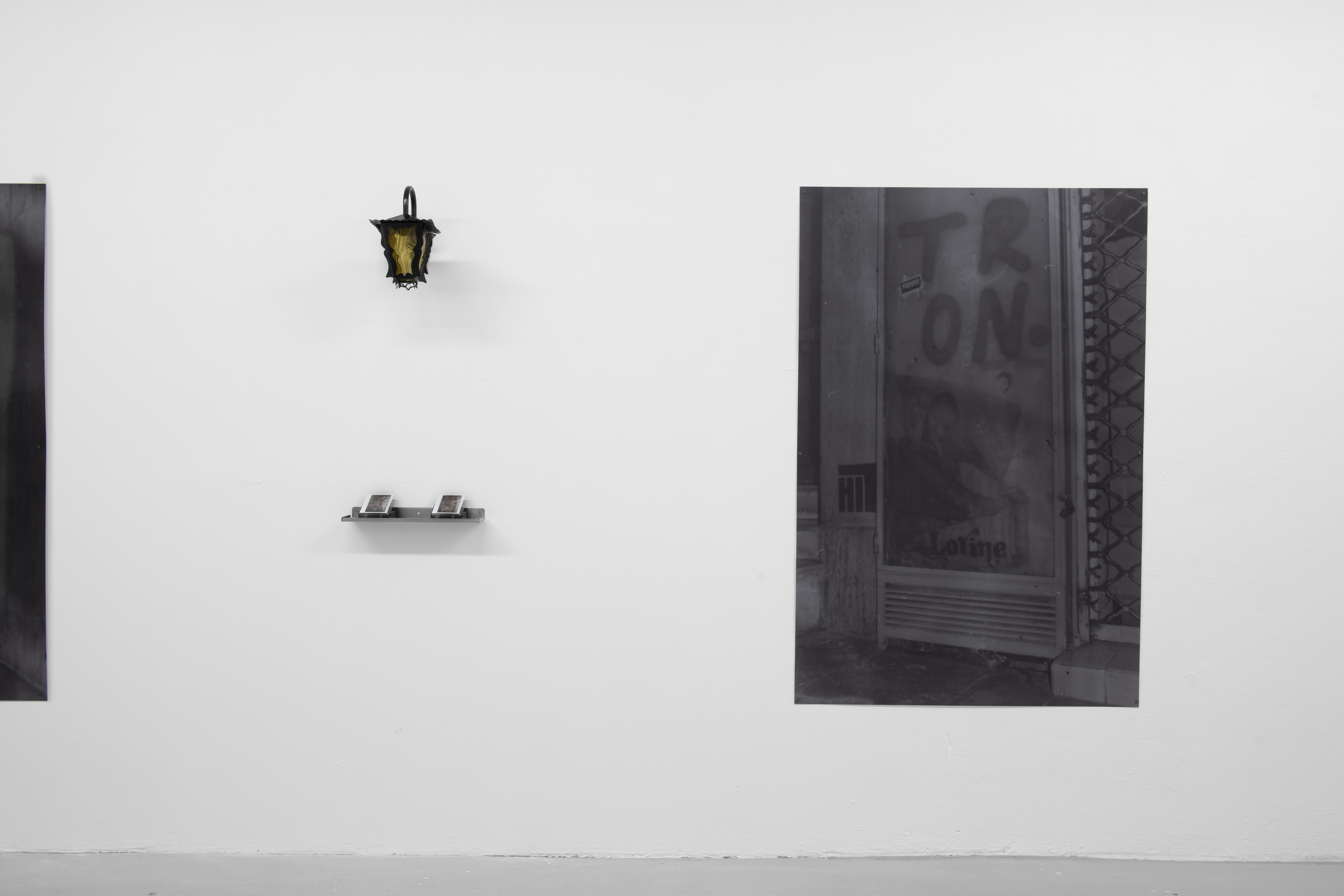
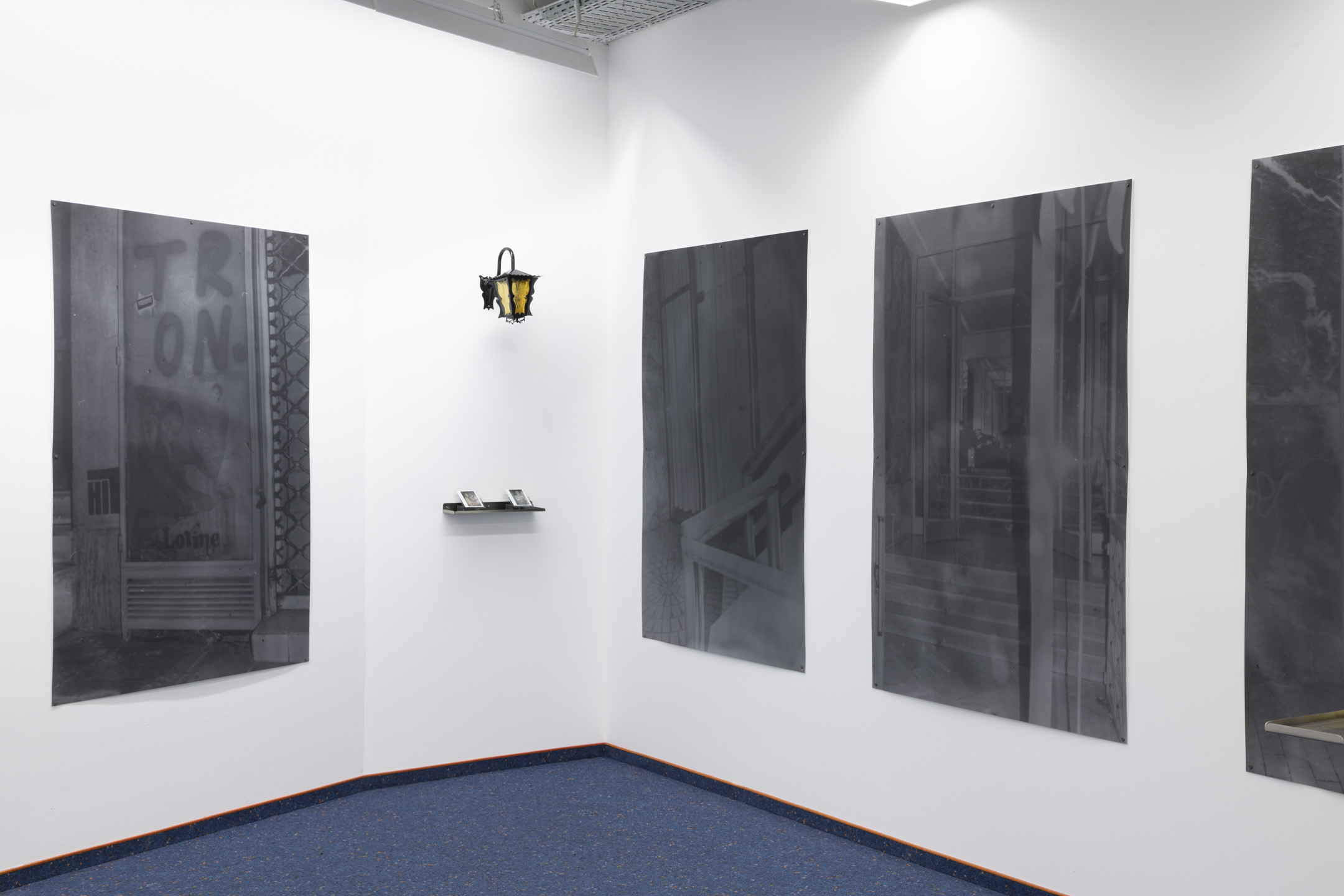
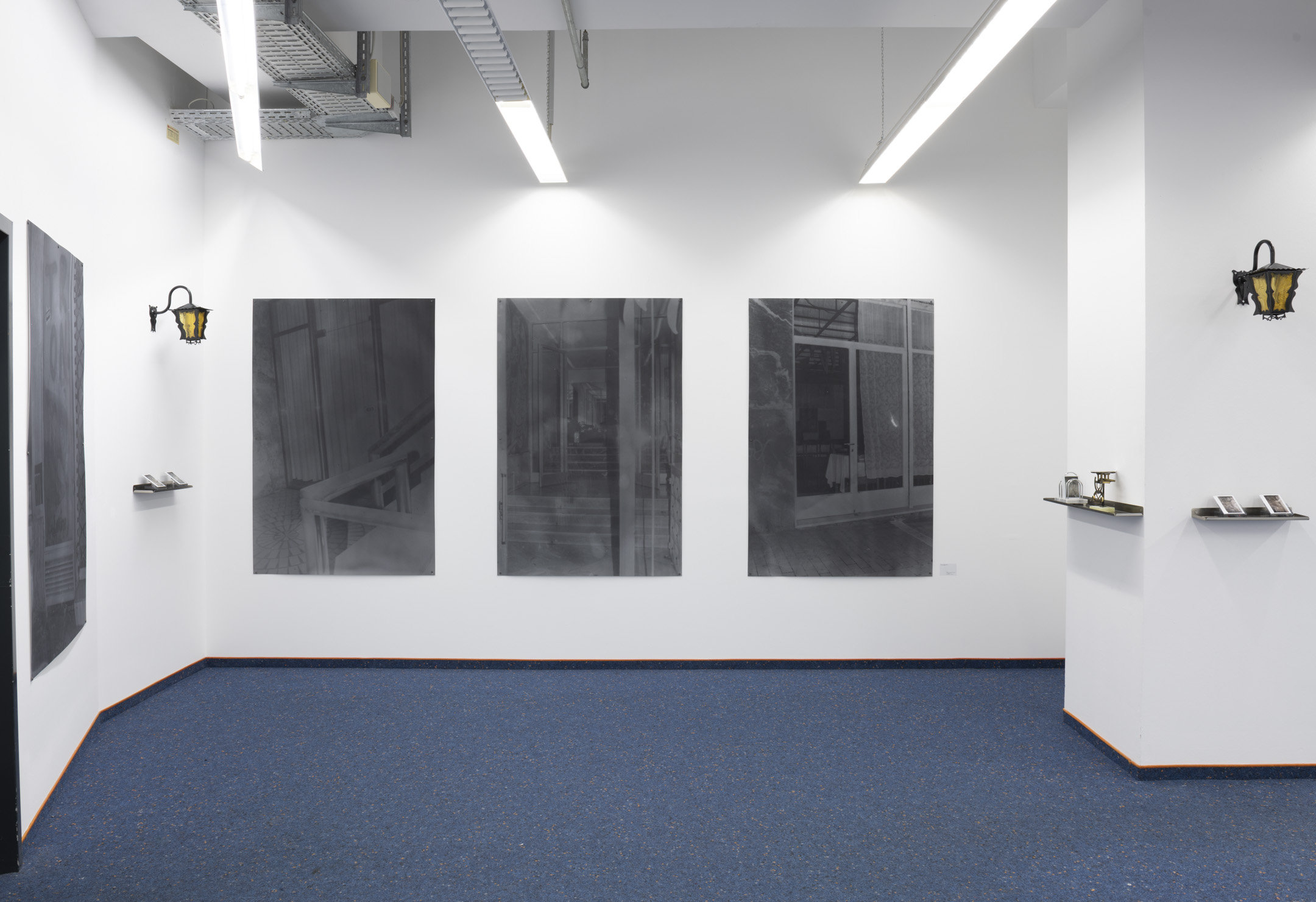

DEUS: 088/26812—81
REX-13: 978-0882681/283
REX-13: 978-0882681/283
This work is reporting on a very specific space, as it appears countless times in the
center of Athens and always enchants me anew. I am talking about the imposing entrance foyers of
the apartment blocks in Athens. Rarely has such a simple architectural design been able to captivate
me as much as the entrance tunnels made of solid marble, which run towards a staircase also made
of marble, which after a few steps is immediately swallowed up by the rest of the building complex
and gives no indication of where it leads. Occasionally, the marble tunnels, as I like to call them, are
equipped with an elevator whose door is made of either dark wood or steel. Likewise, one can catch
glimpses of diverse and magnificent potted plants through the massive glass entrance doors, sometimes paired with a marble statue. In other foyers, again, princely carpet runners in red color can be seen
over the steps and massive mirrors on the walls paired with elaborate lamps that flood the foyer with
a warm light. It seems all the apartment entrances follow the same principles in different ways, which
ultimately construct a homogeneous Aura.
What role does marble play with regard to atmospheric design within the foyers ? Here Gernot Böhme, german architect and philosopher, can give us some information. For him, materials used have a character, which is designated according to the spirit that emanates from it.1 In relation to marble, we could describe it as soft, smooth, and cold, and also as light or dark, depending on the type of marble. These characterizations are synesthesias. Synesthesias are those qualities that occur in more than one sense. Böhme describes the perception of these synesthetic qualities as atmospheric sensing.2 Thus, the smooth and soft surface of the marble, paired with the glassy and slightly bluish glass front, create a suggestive coolness that is gratefully accepted during the hot summer days. So the use of marble here has more than a purely aesthetic function. The architect creates the cool Ambiance more or less consciously; the sensual items they set, the colors, the surface shape, the lines, the arrangements and constellations he creates are at the same time a physiognomy from which an atmosphere emanates.3
In the following, I would like to discuss again in more detail why it is precisely these simply designed foyers that fascinate me so much. First of all, I think it is important to explain that I am a tourist living in Athens for the very first time, and thus apartment entrances in this style are a completely new occurrence to me. In my home country Germany, walls and closed doors give no information about what is hidden behind them.
On the other hand, in my artistic practice, I have had a great interest in atmospherically charged architecture for quite some time. The foyers are, as already mentioned, to be found in large numbers in the Athens city center. I noticed that the most stately foyers are located around the districts of Omonia and Victoria. Interestingly, these districts still have a considerable problem with the public consumption of drugs.
It is a stark contrast to walk through streets where garbage bags pile up and homeless people and drug addicts set up their sleeping places by the wayside, and behind them towers the massive, noble glass fronts through which a soft warm light flickers, carried by the smooth surface of the marble throughout the foyer. Here, the abruptness of the street clashes with soft and soulful arrangements of the entrance corridors. The described scene and accompanying divergence of lifestyles right next to each other contributes an enormous part to my perception. Since I have been involved with the atmospheric cosmos, I have made it my goal to visualize specific atmospheres photographi- cally. Since my arrival in Athens, I have photographed hundreds of entrances on night walks. Mostly through the closed glass front, other times I have managed to enter the foyer and photograph it without a barrier. In many photographs, my presence can be made out through the reflected flash in the glass. With a series of experimental processes in the development of the analog material, I create an abstracting density in the photography. The entrances seem shrouded by an enchanting veil through which one can only guess what exactly the foyer looks like. In some photographs, the negative seems to take on a marble-like texture that merges with the subject.
1 Vgl. S.55 Atmosphäre, Essays zur neuen Ästhetik von Gernot Böhme
2Vgl. S.77 Atmosphäre, Essays zur neuen Ästhetik von Gernot Böhme
3Vgl. S.97 Atmosphäre, Essays zur neuen Ästhetik von Gernot Böhme
![]()
![]()
![]()
![]()
![]()
![]()
![]()
![]()
![]()
![]()
![]()
![]()
![]()
![]()
![]()
![]()
![]()
What role does marble play with regard to atmospheric design within the foyers ? Here Gernot Böhme, german architect and philosopher, can give us some information. For him, materials used have a character, which is designated according to the spirit that emanates from it.1 In relation to marble, we could describe it as soft, smooth, and cold, and also as light or dark, depending on the type of marble. These characterizations are synesthesias. Synesthesias are those qualities that occur in more than one sense. Böhme describes the perception of these synesthetic qualities as atmospheric sensing.2 Thus, the smooth and soft surface of the marble, paired with the glassy and slightly bluish glass front, create a suggestive coolness that is gratefully accepted during the hot summer days. So the use of marble here has more than a purely aesthetic function. The architect creates the cool Ambiance more or less consciously; the sensual items they set, the colors, the surface shape, the lines, the arrangements and constellations he creates are at the same time a physiognomy from which an atmosphere emanates.3
In the following, I would like to discuss again in more detail why it is precisely these simply designed foyers that fascinate me so much. First of all, I think it is important to explain that I am a tourist living in Athens for the very first time, and thus apartment entrances in this style are a completely new occurrence to me. In my home country Germany, walls and closed doors give no information about what is hidden behind them.
On the other hand, in my artistic practice, I have had a great interest in atmospherically charged architecture for quite some time. The foyers are, as already mentioned, to be found in large numbers in the Athens city center. I noticed that the most stately foyers are located around the districts of Omonia and Victoria. Interestingly, these districts still have a considerable problem with the public consumption of drugs.
It is a stark contrast to walk through streets where garbage bags pile up and homeless people and drug addicts set up their sleeping places by the wayside, and behind them towers the massive, noble glass fronts through which a soft warm light flickers, carried by the smooth surface of the marble throughout the foyer. Here, the abruptness of the street clashes with soft and soulful arrangements of the entrance corridors. The described scene and accompanying divergence of lifestyles right next to each other contributes an enormous part to my perception. Since I have been involved with the atmospheric cosmos, I have made it my goal to visualize specific atmospheres photographi- cally. Since my arrival in Athens, I have photographed hundreds of entrances on night walks. Mostly through the closed glass front, other times I have managed to enter the foyer and photograph it without a barrier. In many photographs, my presence can be made out through the reflected flash in the glass. With a series of experimental processes in the development of the analog material, I create an abstracting density in the photography. The entrances seem shrouded by an enchanting veil through which one can only guess what exactly the foyer looks like. In some photographs, the negative seems to take on a marble-like texture that merges with the subject.
1 Vgl. S.55 Atmosphäre, Essays zur neuen Ästhetik von Gernot Böhme
2Vgl. S.77 Atmosphäre, Essays zur neuen Ästhetik von Gernot Böhme
3Vgl. S.97 Atmosphäre, Essays zur neuen Ästhetik von Gernot Böhme






